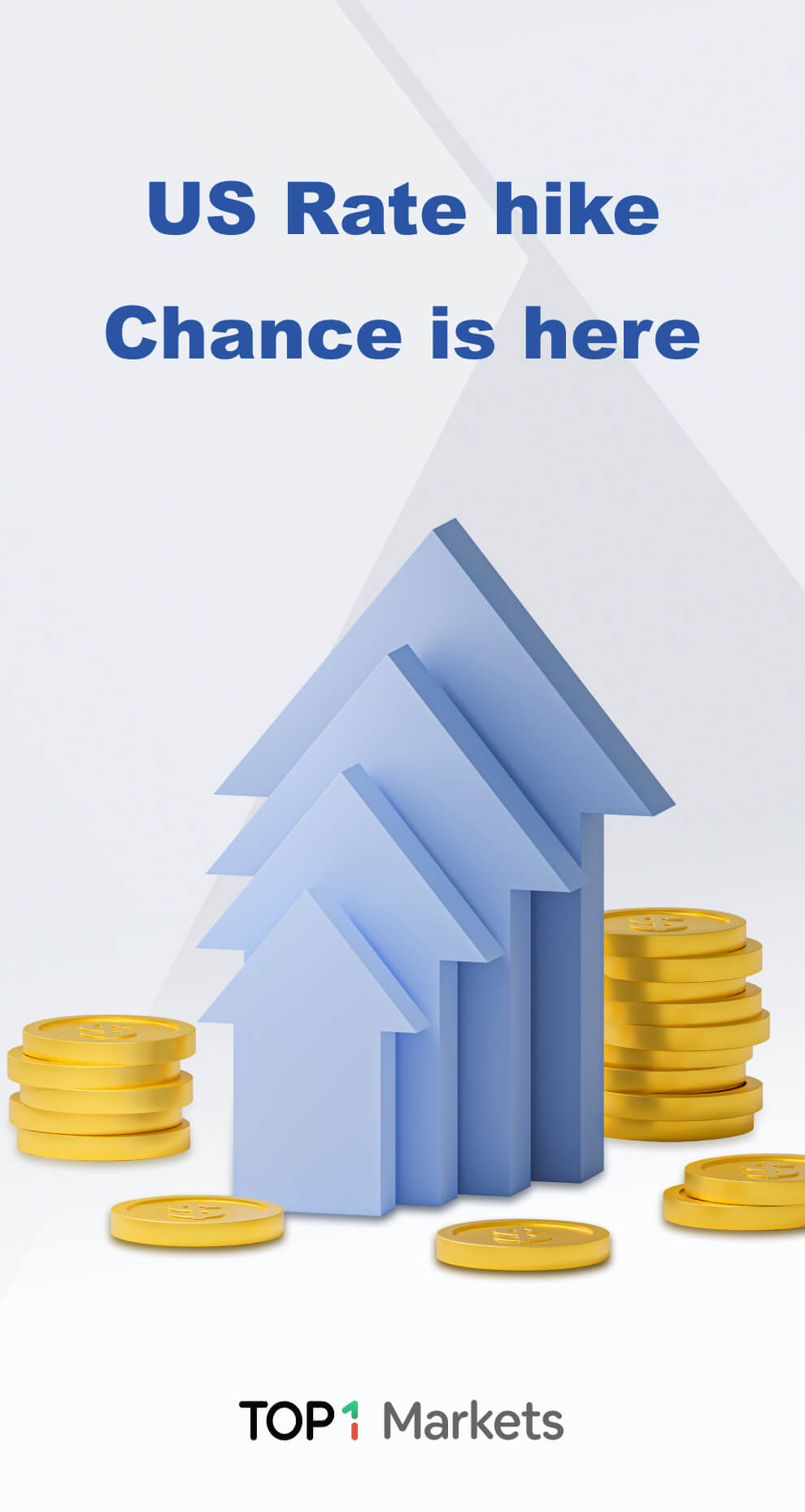
Wednesday was a down day for stocks, and the euro hovered just around parity with the dollar, as traders awaited U.S. inflation data that might support the argument for another massive Federal Reserve rate rise this month.
After a somewhat stable session in Asia-Pacific, during which South Korea and New Zealand raised their interest rates once more, Europe dropped out of the gate due to recession concerns.
Early Wednesday, both the German DAX and the Italian FTSE MIB were down more than 1.2 percent. As gas and oil prices surged again, the FTSE was not far behind (EU), while the euro teetered at $1.0025.
Copper, which is correlated with global growth, has also reached a 20-month low. [MET/L]
The UK’s economic growth statistics showed an unexpected increase, but investors were considerably more worried on whether the U.S. inflation data would indicate a move near 9 percent, which would be the highest level since 1981.
Kit Juckes of Societe Generale (OTC:SCGLY) explained that the higher the U.S. inflation data, the more evident it will be that the Federal Reserve will go forward with rate rises.
At its latest meeting, it hiked them by 75 basis points, the first rise of this magnitude since 1994.
“If that (high inflation report) occurs today, it might spook the bond market, invert the U.S. yield curve more, and drive the euro strongly over parity,” said Juckes.
South Korea’s central bank boosted rates by 50 basis points on Wednesday, the largest rise since the bank began its present policy method in 1999, while New Zealand’s central bank increased rates by the same amount for the third time in a row, to 2.5 percent.
It left fixed income markets in a state of indecision. After plunging dramatically for two days, German government bond rates inched up to 1.15 percent, while 10-year U.S. Treasuries stayed at 2.97 percent as investors processed the IMF’s most recent U.S. growth projection downgrade.
Jim Reid of Deutsche Bank (ETR:DBKGn) claimed that recessionary warning flags in the bond market are now blinking “with mounting anxiety.” The 2 year/10 year U.S. Treasury curve, which has inverted before to each of the previous ten U.S. recessions, remains around its most inverted level of this cycle to date, at -8.5 basis points.
PARITY WATCH
Futures on Wall Street indicated slightly higher openings for the S&P 500, Nasdaq, and Dow Jones following Tuesday’s late decline.
Overnight, MSCI’s broadest index of Asia-Pacific equities excluding Japan rose 0.5%, halting two consecutive days of losses and rebounding from a two-year low the previous day.
Taiwanese equities led the advances after Taiwan’s finance minister said Tuesday evening that its stock stability fund will be activated. The market reached its lowest point in 19 months on that day.
The Nikkei index gained 0.5% after losing almost 2% the day before.
“The sharp decline in oil prices in July (OTC:SHCAY) shows that June’s (inflation) may have been the top. If so, the most vigorous phase of Fed tightening might culminate on July 27 with a 75 basis point rate hike “ANZ analysts stated.
“However, based on the underlying strength of core inflation and the persistence of negative real policy rates, we anticipate that 50 basis point rate hikes will still be justified after the summer.”
Fears that increased interest rates may drag the global economy to a halt, or even worse, into a recession, have been the driving force behind both the 20% decline in global stocks this year and the rise in the safe-haven U.S. currency.
Investors were concerned about whether the euro would go below one U.S. dollar for the first time since 2002. Since January, the euro has lost more than 11 percent of its value.
On Tuesday, it fell to a low of $1.00005, a mere hair’s breadth off its previous low.
The dollar’s index measure versus key competitors held stable at 108.27 despite its strength against other currencies.
Overnight, oil prices halted their slide. Brent crude remained unchanged at $99.60 per barrel, while West Texas Intermediate crude traded at $95.89 per barrel.
At $19,478, the leading cryptocurrency bitcoin was up 0.23 percent and appeared poised to halt a three-day losing run.
89 was still trading below the psychologically significant $20,000 threshold.




